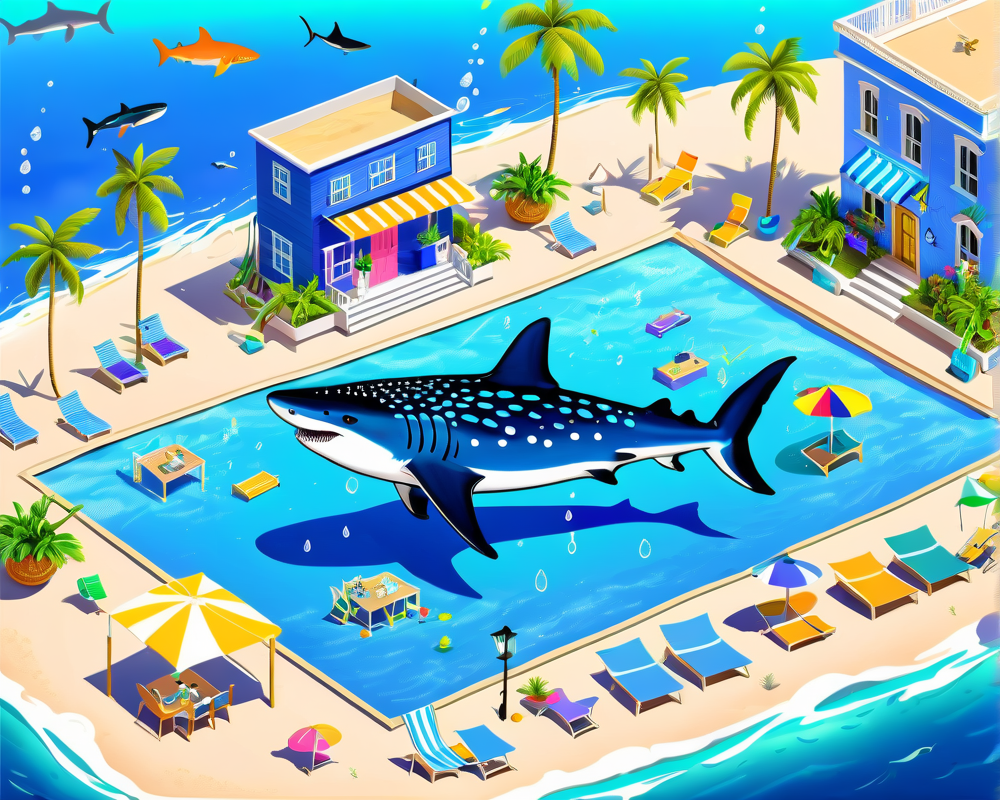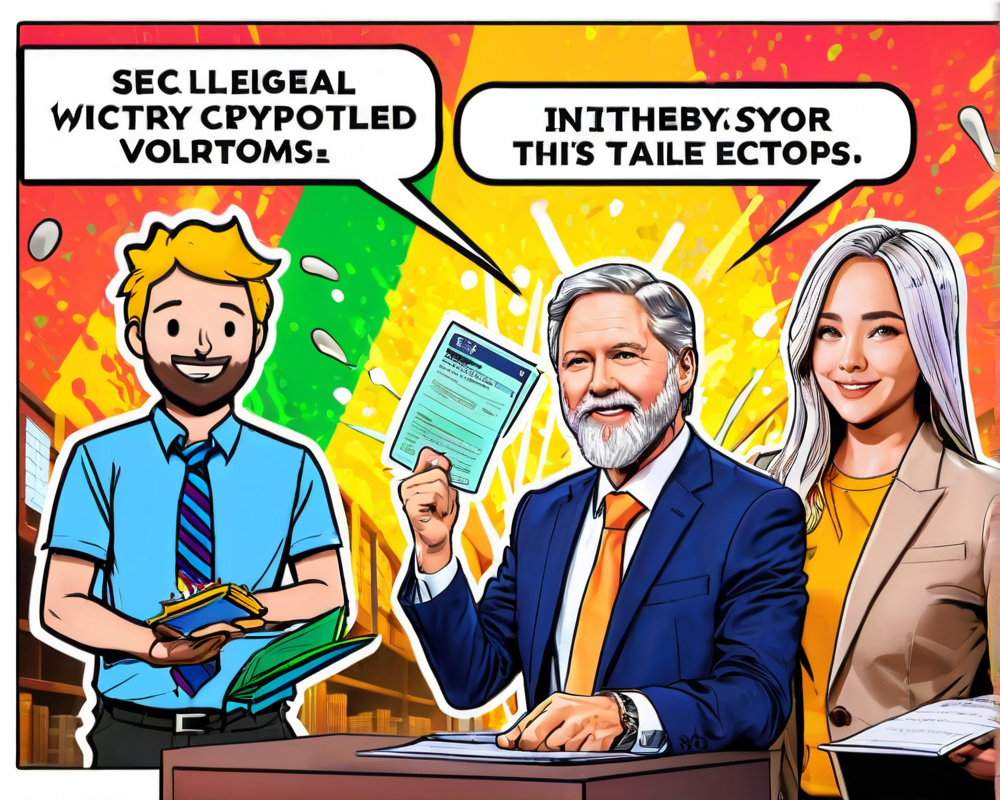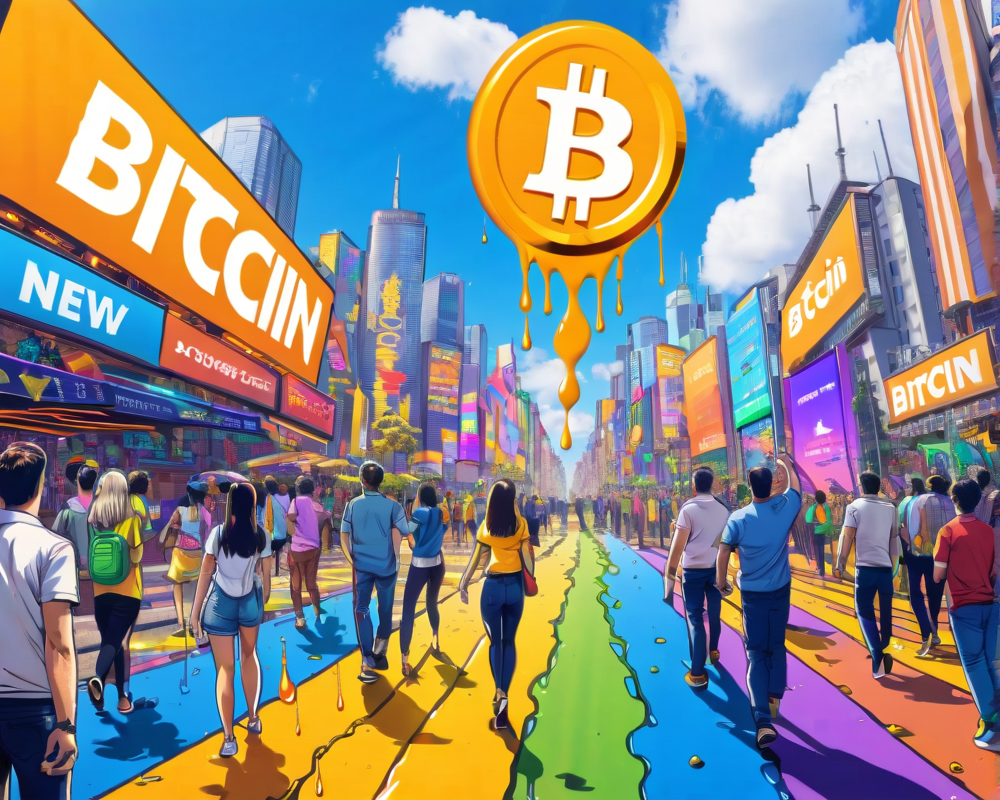The Rise of Whale Vault: A Virtual Land Giant
The Whale non-fungible token (NFT) vault has swum into a significant position, emerging as the second-largest holder of virtual land in The Sandbox game. Who knew that digital real estate could become the new frontier for investors hungry for pixels instead of property?
Understanding Whale Tokens
Whale tokens serve as fractional ownership in what can only be described as a treasure chest of digital assets — known as “The Vault.” This private NFT collection, curated by the illustrious crypto persona WhaleShark Pro, has managed to amass a staggering market cap of $16 million while currently holding only about $1 million worth of NFTs. This disparity raises eyebrows; it seems speculators have high hopes that WhaleShark’s collection of rare tokens will appreciate faster than your great-uncle’s vinyl collection!
Whale vs. Binance: The Land Battle
According to blockchain intelligence firm Messari, it appears nearly half of The Vault is made up of Land tokens, placing Whale in a competitive second behind Binance. The exchange nabbed a hefty haul of tokens from a $3 million initial exchange offering and even splurged on an additional 4,012 Land tokens just the other day!
The Vision Behind The Vault
Speaking with Cointelegraph, Sebastien Borget, the chief operations officer and co-founder of The Sandbox, revealed that WhaleShark has a keen understanding of the vision for The Sandbox. He elaborated that Whale’s community predominantly comprises builders and artists, who are planning to create engaging gaming experiences on this virtual land. The end goal? To drive revenue streams in the form of The Sandbox’s in-game currency, Sand. Picture a digital amusement park filled with creative attractions where everyone gets a slice of the ticket sales!
Community and Revenue Redistribution
Borget went further to explain how the income generated in SAND will be shared among the community members, all while keeping things decentralized—because no one likes an authoritative landlord in the digital realm. The WHALE project exemplifies the beauty of user-generated content and the transformative potential of blockchain for community-driven ecosystem development.
Liquidity Mining: A New Investment Adventure
Last month, the Whale project kicked off a liquidity mining program, which potentially added fuel to the market cap’s fire. It involved distributing 5,000 Whale tokens worth approximately $30,000 in a bid to lure yield farmers looking for fresh and novel returns. In just one month, miners received a sweet annual percentage yield of 22.5%, with one lucky miner netting over $6,000 for less than a month of “work.” Who said you can’t strike digital gold in your pajamas?
What’s Next for the NFT Ecosystem?
In the ever-evolving NFT landscape, other players are making strides too. For instance, Animoca Brands has introduced staking for their “Revv” utility token, rewarding players with NFTs to spice up their experience in F1 and MotoGP games—because who wouldn’t want an NFT trophy for beating virtual cars?




